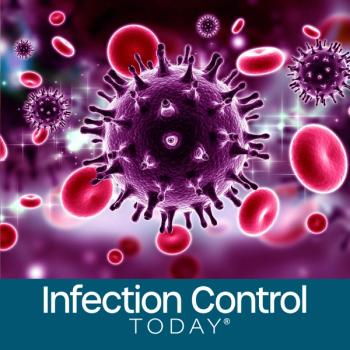
Vaccine Hesitancy May Soon Start to Impede Return to Normal
Kaiser Family Foundation: “Federal, state, and local officials, and the private sector, will face the challenge of having to figure out how to increase willingness to get vaccinated among those still on the fence.”
COVID-19 vaccination continues to occupy a lot of real estate in almost everybody’s heads these days. As Infection Control Today®
Well, no, actually, according to an
“Once this happens, efforts to encourage vaccination will become much harder, presenting a challenge to reaching the
Vaccine hesitancy remains a concern and that hesitancy doesn’t only exist in the public; many health care workers
The KFF analysis states: “Federal, state, and local officials, and the private sector, will face the challenge of having to figure out how to increase willingness to get vaccinated among those still on the fence, and ideally among the one-fifth of adults who have consistently said they would not get vaccinated or would do so only if required.”
But what level of immunization is needed to reach herd immunity?
Anthony Fauci, MD, the head of the CDC’s National Institute of Allergy and Infectious Diseases, drew criticism from some quarters when he admitted that he had been
The KFF analysis indicates that vaccine hesitancy among the public diminishes, but that diminishment needs to continue and continue at a greater pace. “If about a third of the ‘wait and see’ group moves into the enthusiasm group (comparable to what happened last month), the ‘outer edge’ of vaccine enthusiasm would increase to 170 million people (or 66% of all adults); at the current rate of vaccine doses administered per day, it would take 22 days to reach the point at which supply outstrips demand,” the analysis states. “If half of the “wait and see” group move, it would take about 28 days to reach the tipping point.”
Newsletter
Stay prepared and protected with Infection Control Today's newsletter, delivering essential updates, best practices, and expert insights for infection preventionists.






